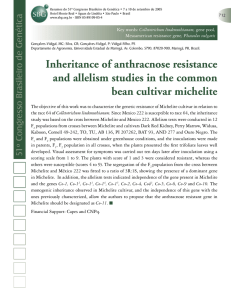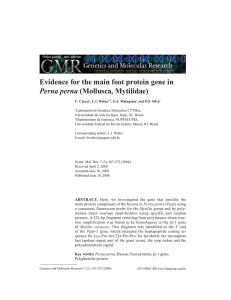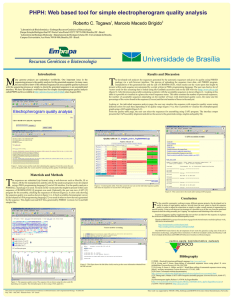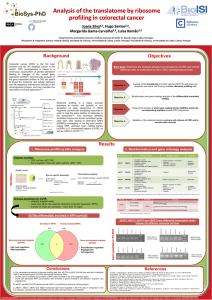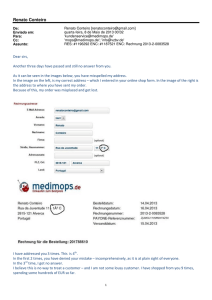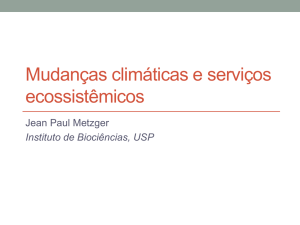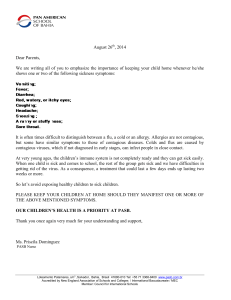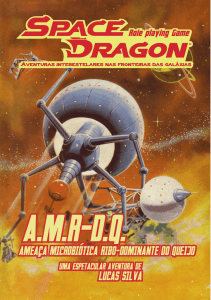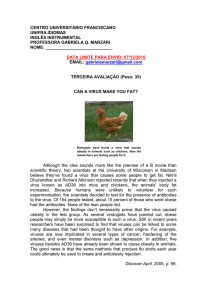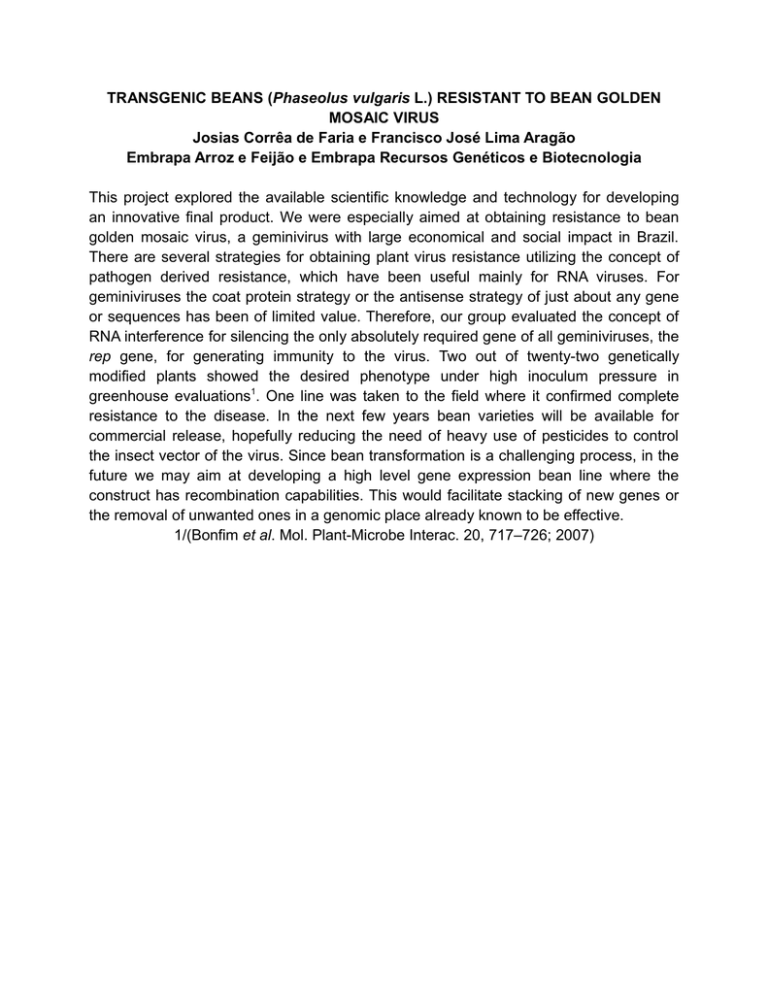
TRANSGENIC BEANS (Phaseolus vulgaris L.) RESISTANT TO BEAN GOLDEN
MOSAIC VIRUS
Josias Corrêa de Faria e Francisco José Lima Aragão
Embrapa Arroz e Feijão e Embrapa Recursos Genéticos e Biotecnologia
This project explored the available scientific knowledge and technology for developing
an innovative final product. We were especially aimed at obtaining resistance to bean
golden mosaic virus, a geminivirus with large economical and social impact in Brazil.
There are several strategies for obtaining plant virus resistance utilizing the concept of
pathogen derived resistance, which have been useful mainly for RNA viruses. For
geminiviruses the coat protein strategy or the antisense strategy of just about any gene
or sequences has been of limited value. Therefore, our group evaluated the concept of
RNA interference for silencing the only absolutely required gene of all geminiviruses, the
rep gene, for generating immunity to the virus. Two out of twenty-two genetically
modified plants showed the desired phenotype under high inoculum pressure in
greenhouse evaluations1. One line was taken to the field where it confirmed complete
resistance to the disease. In the next few years bean varieties will be available for
commercial release, hopefully reducing the need of heavy use of pesticides to control
the insect vector of the virus. Since bean transformation is a challenging process, in the
future we may aim at developing a high level gene expression bean line where the
construct has recombination capabilities. This would facilitate stacking of new genes or
the removal of unwanted ones in a genomic place already known to be effective.
1/(Bonfim et al. Mol. Plant-Microbe Interac. 20, 717–726; 2007)
FEIJOEIRO TRANSGÊNICO (Phaseolus vulgaris L.) COM RESISTENCIA AO
MOSAICO DOURADO
Josias Corrêa de Faria e Francisco José Lima Aragão
Embrapa Arroz e Feijão e Embrapa Recursos Genéticos e Biotecnologia
O presente projeto de pesquisa explora os conhecimentos científicos e tecnológicos no
desenvolvimento de um produto final inovativo. Nosso maior objetivo foi a obtenção de
resistência ao mosaico dourado do feijoeiro. Há várias estratégias de obter plantas
resistentes a viroses usando o conceito de resistência derivada do patógeno, a maioria
dos quais extremamente úteis para vírus com RNA. Para geminivirus a estratégia da
capa protéica ou a estratégia do antisenso de quaisquer sequências foram de valor
limitado. Em vista destes resultados o nosso grupo avaliou o conceito de interferência
de RNA para silenciar o único gene essencial na replicação viral, gene rep, na geração
de imunidade ao vírus. Duas entre vinte e duas plantas geneticamente modificadas
obtidas apresentaram o fenótipo desejado de resistência1. Nos próximos anos
variedades com características comerciais vão estar disponíveis, e espera-se reduzir a
carga de pesticidas utilizadas no feijoeiro. A liberação comercial precisa ainda ser
aprovada pela CTNBio. O processo de transformação de feijoeiro continua a ser tedioso
e difícil e se beneficiaria, no futuro, da obtenção de uma linhagem com alto nível de
expressão gênica e com capacidade de recombinação. Isto facilitaria tanto a introdução
de novos genes como a retirada de outros em sítio já reconhecidamente otimizado no
genoma.
1/(Bonfim et al. Mol. Plant-Microbe Interac. 20, 717–726; 2007)

